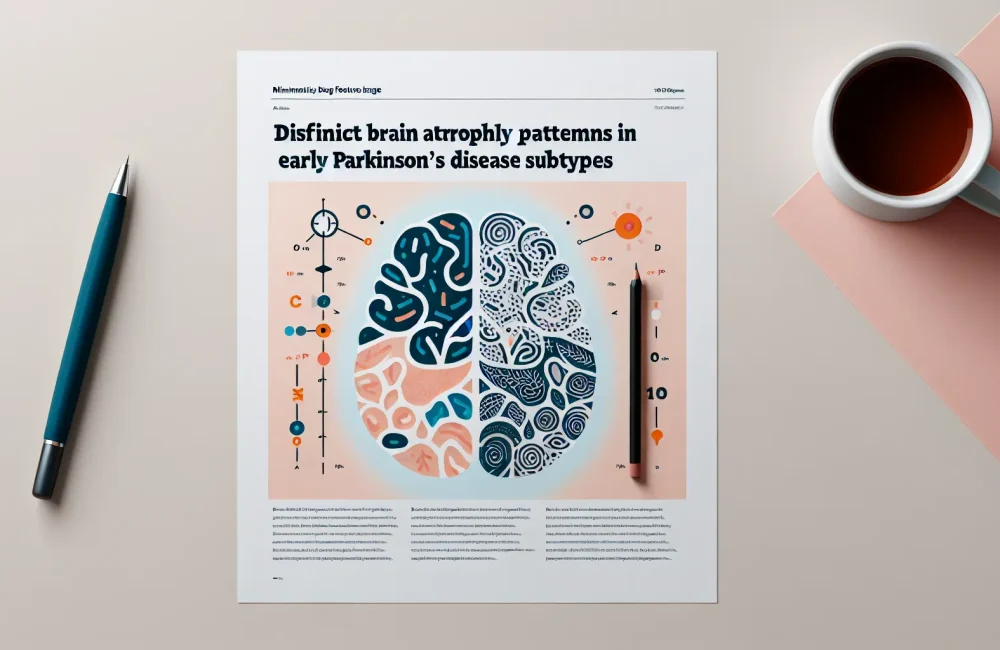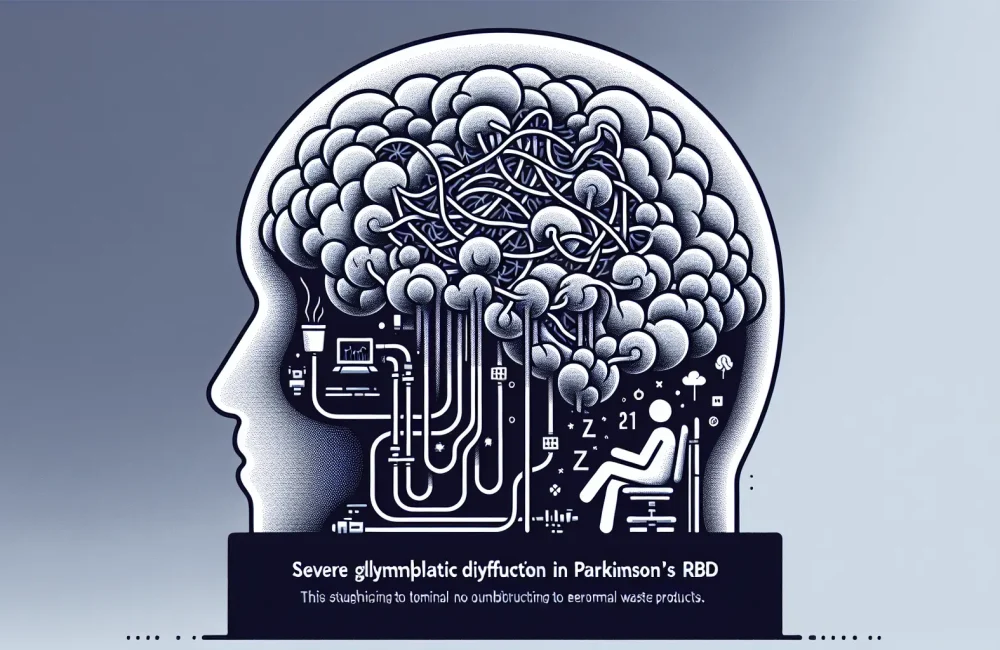By CAFMI AI From npj Parkinson’s Disease (Open Access)
Subtype Identification in Early Parkinson’s Disease
Parkinson’s disease (PD) presents clinical variability linked to underlying neurodegenerative changes in the brain’s deep gray matter and dopamine systems. This study used a data-driven approach analyzing MRI volumetrics and striatal dopamine transporter imaging to define unique subtypes of early-stage PD. By examining a large cohort of recently diagnosed patients, researchers applied cluster analysis to discern patterns of neurodegeneration, revealing distinct subgroups characterized by specific atrophy profiles and dopamine availability levels. Some patients exhibited predominant putamen atrophy with severe dopamine depletion, correlating with prominent motor symptoms. Others showed caudate involvement with preserved dopamine function but notable cognitive decline. These findings highlight that early PD is not a uniform condition but instead consists of neurobiologically distinct subtypes, each with different clinical repercussions.
Clinical Implications of Neurodegenerative Subtypes
The clinical relevance of identifying subtypes based on deep gray matter atrophy and dopamine depletion lies in improving diagnosis and prognosis. Patients with predominant putamen atrophy and dopamine loss typically experience more severe motor impairments, emphasizing the need for targeted interventions addressing motor symptoms. Conversely, those with caudate-focused atrophy and relatively spared dopamine function may present with greater cognitive decline, suggesting closer cognitive monitoring and potentially different therapeutic strategies. Recognizing these subtypes early can aid clinicians in tailoring treatment plans, anticipating disease progression, and improving patient counseling. Furthermore, multimodal imaging biomarkers used in this study provide a framework for integrating neuroimaging into routine clinical assessments, enabling more precise phenotyping and management of PD.
Future Directions in Parkinson’s Disease Research
Future research should focus on validating these neurodegenerative subtypes in larger and more diverse populations to understand their long-term clinical trajectories. Integrating longitudinal imaging and clinical data may refine subtype definitions and reveal progression patterns unique to each group. Additionally, exploring genetic and molecular correlates could elucidate underlying mechanisms driving subtype-specific neurodegeneration. Advances in personalized medicine may leverage these insights to develop targeted therapies and improve clinical outcomes. Ultimately, this approach promises to transform Parkinson’s disease management from a one-size-fits-all model to a more nuanced, individualized strategy.
Read The Original Publication Here






